|
by Ryan Goebel Despite the miserable weather at this year's Mount Washington Road race, a moment was captured by the official race photographer that warmed the hearts of many runners across New England. In the days following the race, the photo shown above from Joe Viger seemed to go viral across various social media and traditional media channels. Although Joe originally didn't know who the runners in the photo were, Laura Chadwick (wife of Chris Chadwick and mother to John McGinty) recognized the photo as being her son helping Ron Paquette up the mountain. From Joe Viger's Facebook post: The photo was shared by many media outlets, including this segment on WMUR in Manchester, NH. Even the Boston Globe ran an article about the photo that included an interview with John and Ron. Unfortunately, the Boston Globe article is behind a paywall and due to copyright laws, we can't reproduce the story here. However, here's an excerpt:
The Central Maine Striders are proud to have had Ron Paquette representing us in the Mount Washington Road Race for so many years, and for John McGinty to run for us for the last five years. We hope they both make several more trips up the "one hill". For some bonus content, check out this video interview (recently unearthed by Julie Millard) that Central Maine Strider Erzsie Nagy did with Ron Paquette when they were a Lawrence High School student back in 2012:
by Billy Kobin
Big thanks to Strider Lindsey Madison, who is coordinating the club's participation in organizing this event. If you are interesting in volunteering, please reach out to Lindsey at lmadison13@gmail.com.
This event is part of Humane Society Waterville Area's Woofstock and following the race there will be the Canine Carnival at 12:30 and Music Festival at 4pm. Date: June 10th Time: Race Registration 9:30 - 10:20 am Race starts at 10:30 am Location: HSWA, 100 Webb Rd Waterville, ME $15 for CMS members, $20 for general public More Information about Woofstock-2023: https://hswa.org/event/woofstock-2023/ In 2021 I competed in my first TUCARD, Maine’s most Terrifically (& Unnecessarily) Complicated Adventure Race and Duathalon. You can read that race report HERE if you want to understand the next few paragraphs of this write up. Or better yet, google the TUCARD website.
In 2022, the organizers changed things up. This year participants were given starting and ending points, and a list of coordinates that MIGHT be waypoints on race day. This was a bonus for me, as I’m largely unfamiliar with the Old Town area and being able to scout the actual locations was extremely helpful. The night before race day we were given our final instructions- in order to know which locations were official waypoints, we could go to the point furthest from the start to visit ‘The Oracle’ who would provide the correct list of waypoints. Option two was to skip The Oracle and just visit as many points as possible with the hope of hitting the right ones- this could be a big time saver or a wild goose chase. The third option was to go to a point that was the furthest from the start in the opposite direction and get a ‘Golden Ticket’ which would allow you to skip all other waypoints. The Golden Ticket would require wading through a mucky wetland, but could get you across the finish line first. At this point in my narrative you may be thinking that this explanation makes no sense- I will refer you back to the race name… In the 2021 TUCARD I earned the award title ‘Lost Puppy’, as the racer that covered the most distance. In honor of my difficulties with Time and Relative Distance in Space during that race, I donned my TARDIS dress for this race (see photo). The race went smoothly for me- I chose The Oracle option, and was happy to see that I was well prepared to hit the correct waypoints. My primary transport was an old mountain bike, but I also ran some stretches of rough single track and paddled across the Stillwater River. Finish time in the TUCARD requires a complicated formula based on racing surface and mode of transport. In the end I was 18th across the finish line, but ranked 17th overall (out of 21, a mix of teams and individuals). This year I also earned the title of Puppy Dog- the racer who had the most fun- thanks to running the whole thing in the TARDIS dress. I believe that I am the only Central Maine Strider to enter this race- it's a ton of fun and I encourage you to check it out when you are planning your 2023 racing season! by Ryan Goebel To kick off the summer racing season, the Central Maine Striders will be hosting a pizza party following the first Quarry Road trail race of the summer. Stick around after the 3k race on June 20th for some pizza and socializing. If the weather isn't accommodating for eating pizza outside, we reserve the right to cancel or reschedule for another date.
by Ryan Goebel 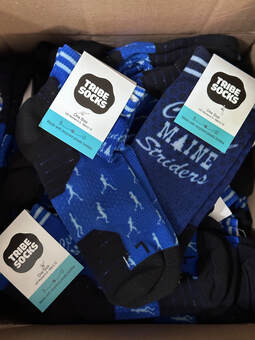 We've recently purchased a limited number of custom Central Maine Striders socks. As discussed at recent club meetings, these socks will be given to any Central Maine Strider member who volunteers at an event. The member must be representing the Striders at the event they volunteer for. Examples of qualifying events include the Ironman 70.3 Maine, high school track meets (if and only if they are there as a Strider, and not just as a parent or coach), Quarry Road Summer Race Series, Fall Classic 10k, etc. If you aren't sure if whether your volunteer duties qualify you for a pair of socks, please contact us. Also, the socks will be limited to one pair per membership. We only have 25 pairs of crew socks and 25 pairs of ankle socks. By Julie Millard, Ryan Goebel, and ChatGPT
Calling all Striders!
Many club members volunteered at the Ironman 70.3 Maine in Augusta last year and some actually COMPETED in the event (Go Andrew Catalina!). This year, we have decided to formalize our volunteering participation in order to secure a grant from the corporation to support our club. If you are available on July 30, 2023, then please consider volunteering for the event under the Central Maine Striders umbrella. It is likely that we will be working the swim leg, where we will get to see sunrise from the beautiful Kennebec River. Please reach out to Martha Nadeau (Veggie60@roadrunner.com) and Julie Millard (jtmillar@colby.edu) for more information about the event. By Martha Nadeau According to the race organizers: "THIS SCENIC COURSE ON THE ST. GEORGE PENINSULA BEGINS AT DRIFT INN BEACH IN PORT CLYDE. IT OFFERS SOME FANTASTIC VIEWS OF THE MAINE COAST AS IT WINDS ITS WAY TOWARDS THE LIGHTHOUSE, DOWN THROUGH THE VILLAGE OF PORT CLYDE, AND ENDING BACK AT DRIFT INN BEACH". This annual race is located just south of Rockland/Thomaston, for those not familiar with the area. After a 1-1/2 drive from my house, the small parking lot had already been filled and I had to locate parking on the road, which isn't easy to find since the road is fairly narrow. Having done this race before, I was aware this might be the case and allowed some extra time. Snagging a prime spot, I head to the folding table set-up in the small dirt parking lot, to register. Registration can be done ahead, by printing out the form and sending a check for $15 or on race day for $20, between 7:30-8:30. T-shirts were guaranteed, if registered ahead, but I lucked out and there were choices available to me. This parking lot is also where the port-o-potties are located. TMI? I don't think so. Following the kids fun run, at 8:30, the 5k starts at Drift Inn Beach, heading uphill, taking a left turn up and down the hilly road to the amazing turnaround that is Marshall Point lighthouse (cue Forrest Gump-yep, the lighthouse from the movie). While the turn stops short of the lighthouse, itself (because it would be a nightmare for all those runners to crowd the walkway out and back-and selfies?-who could resist that opportunity? The race would come to a standstill.) We take a turn around an orange cone, and with the ocean on our side, we head back down and then another uphill, taking a left that opens to a view of the Port Clyde waterfront, and a nice recovery downhill to take in the scene. Passing the Monhegan ferry terminal and the ice cream store, the right turn takes us through a quinessential Maine small town. Yep, the Post Office is decorated with lobster traps. A last right turn, with a brief, but brutal uphill, leads back downhill to the finish line, where the volunteers record times with pen and paper. This year I wanted the whole experience, so I ran the lowtide flats, to jump into the ocean. After everyone had finished, awards were handed out and prizes given to fastest overall and age group winners. It is a must to go to the lighthouse and visit the museum. If you have patience, you may even get a picture alone at the lighthouse. This race is part of an annual festival, complete with yard sale and cornhole tournament. Details will be available on their website (but not easily found) at www.stgeorgemaine.com and on Facebook at St George Parks & Rec. |
Categories
All
Archives
February 2024
|
|
All current dues-paying members of the
Central Maine Striders receive a 10% discount at RunningWarehouse.com |
Copyright © 2015-2020 - Central Maine Striders, Inc.

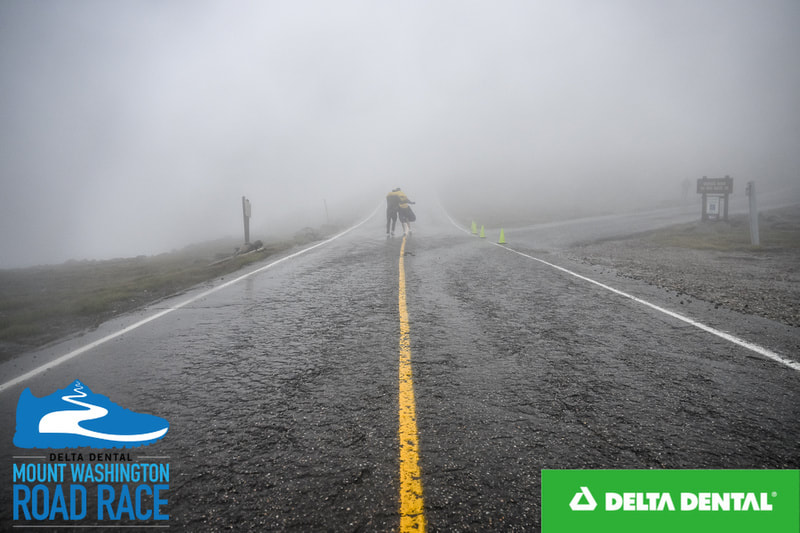
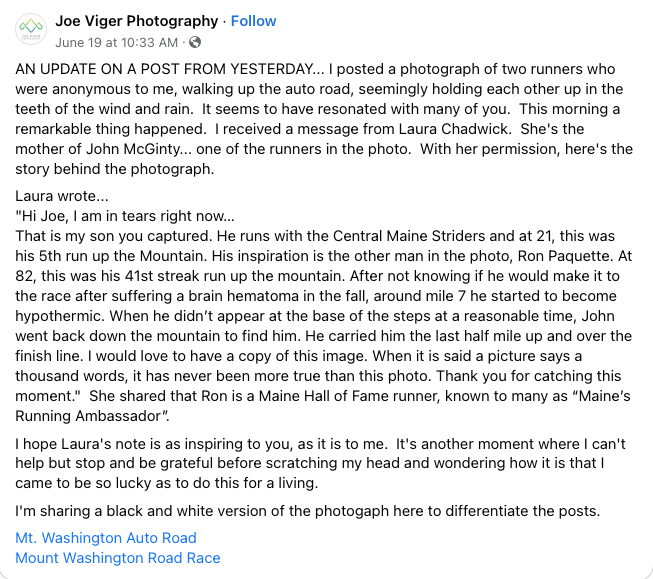
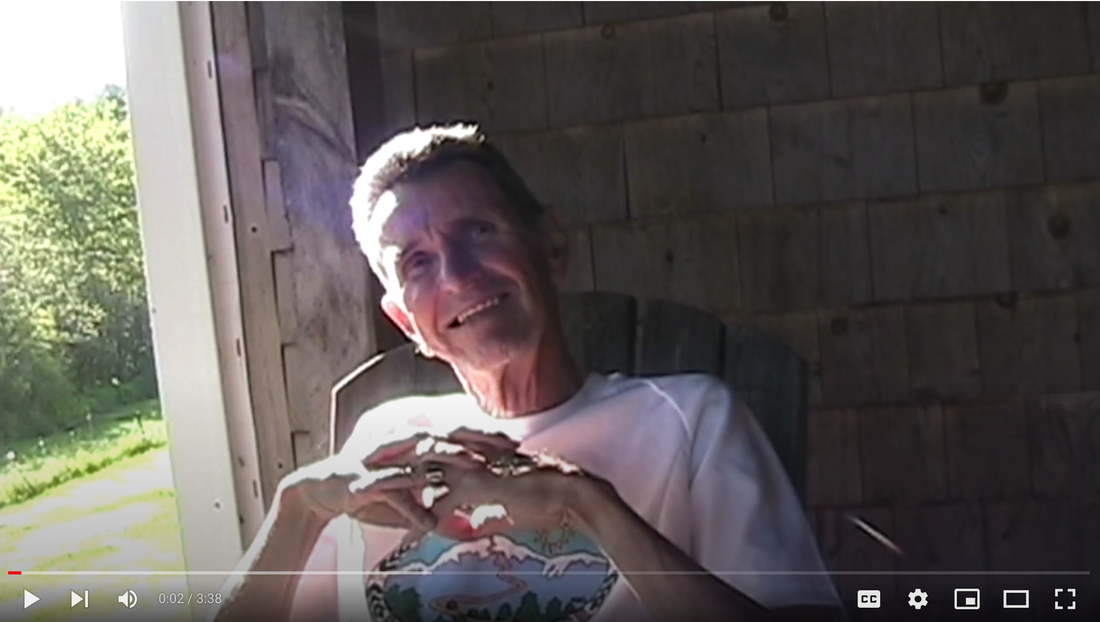
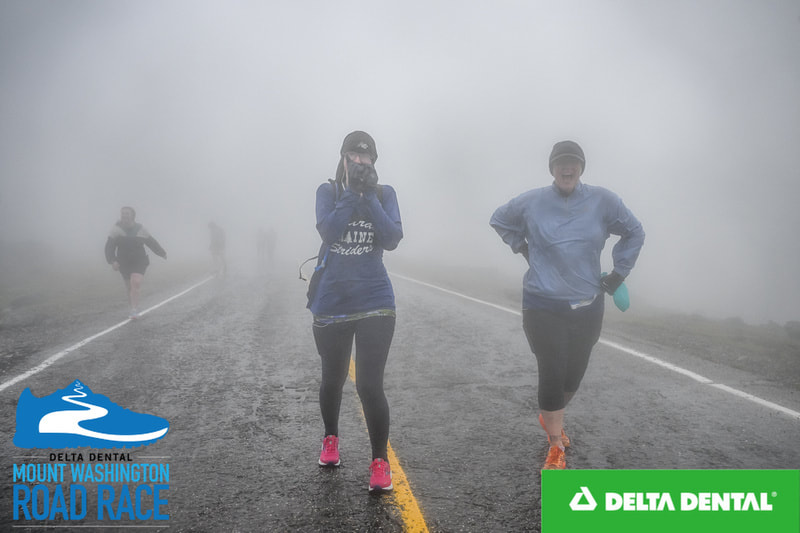
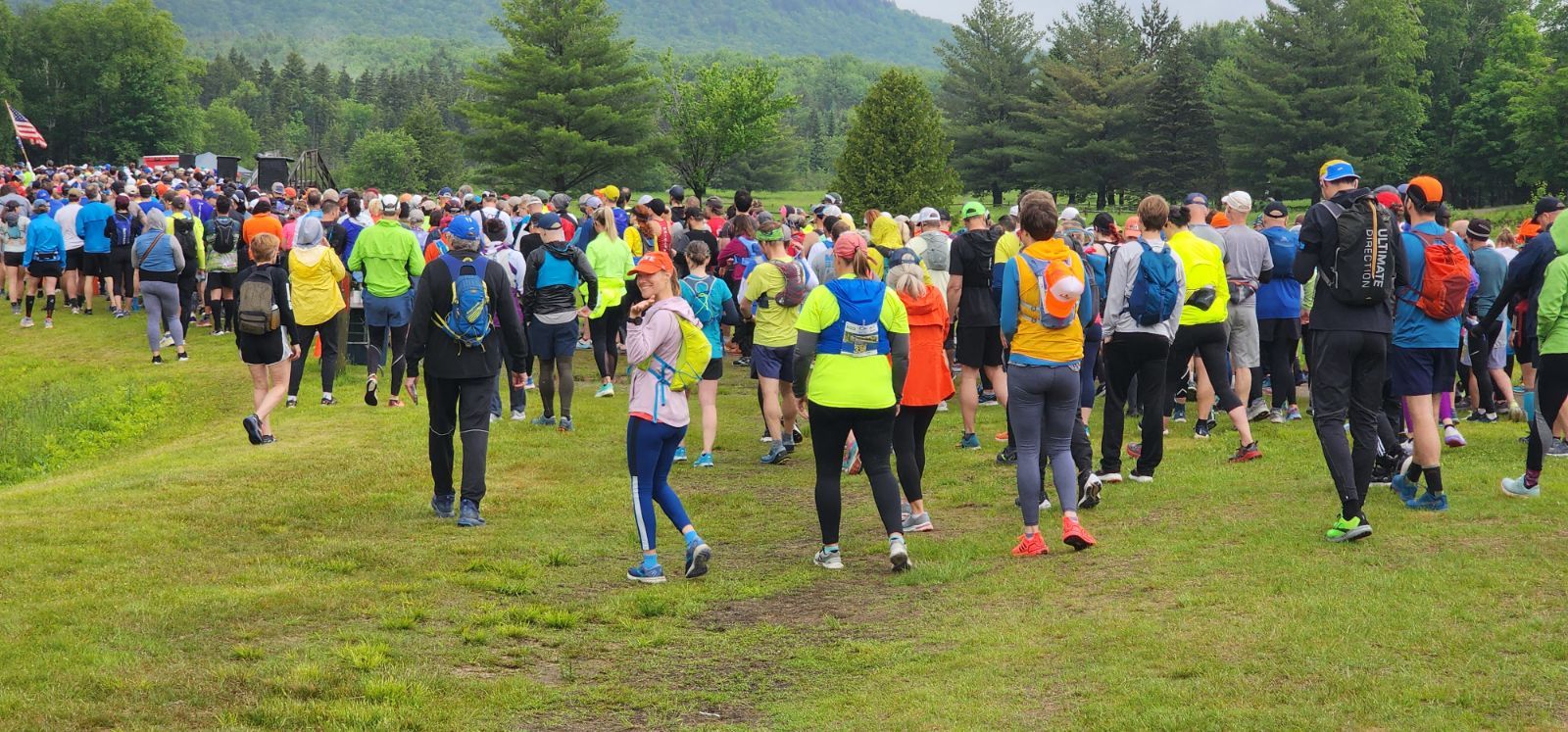
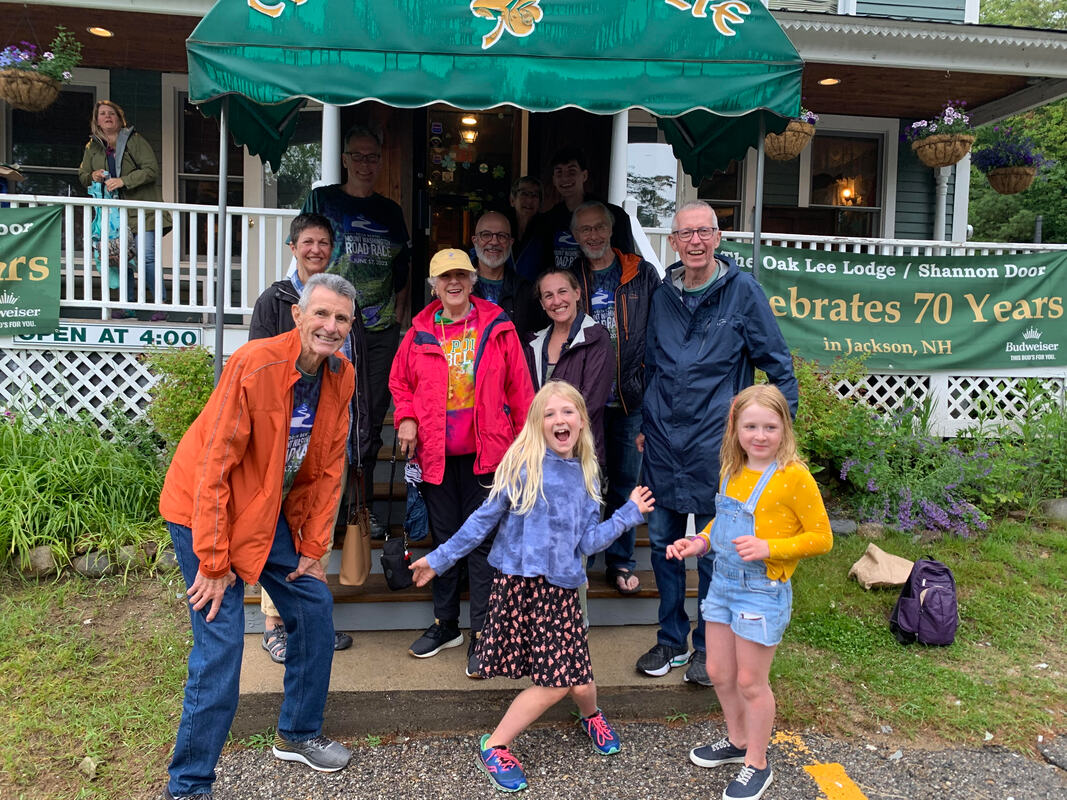
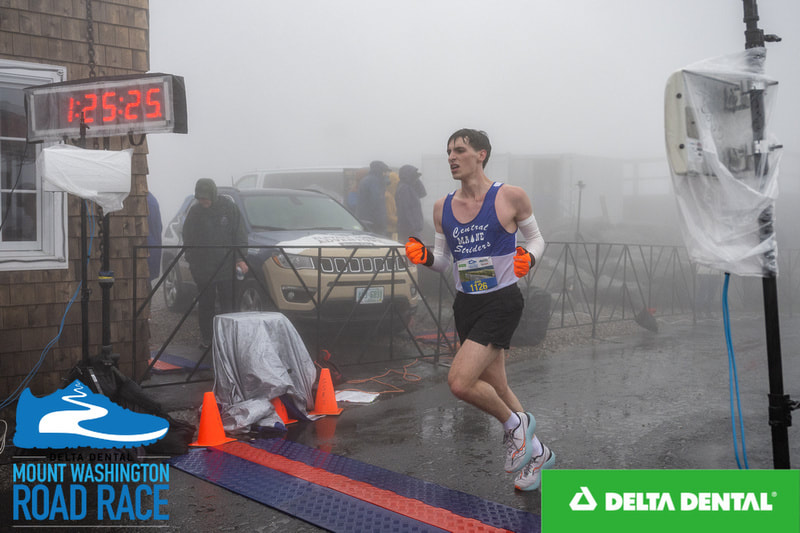
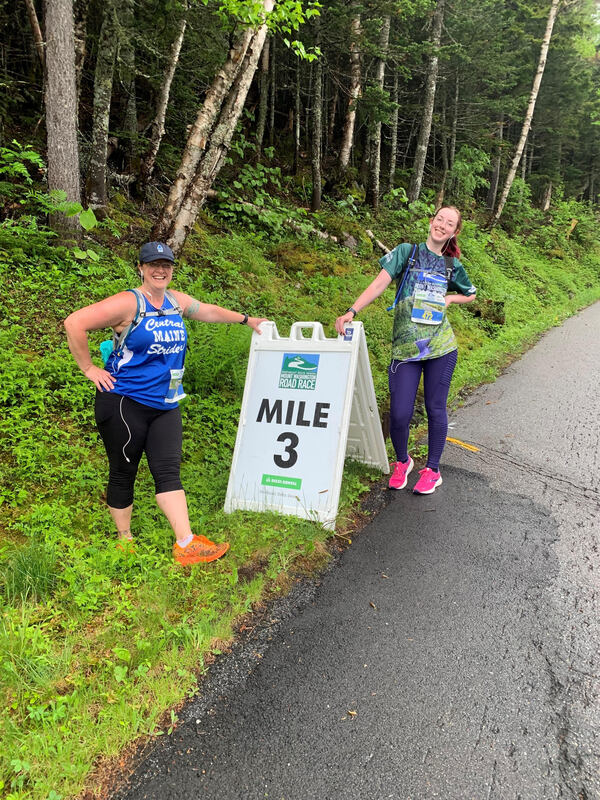
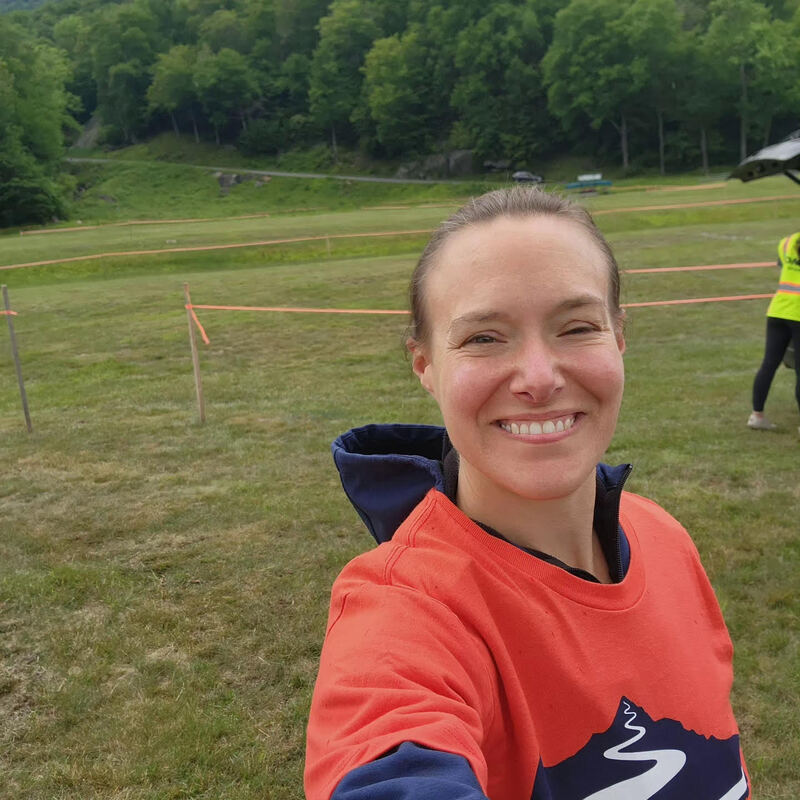
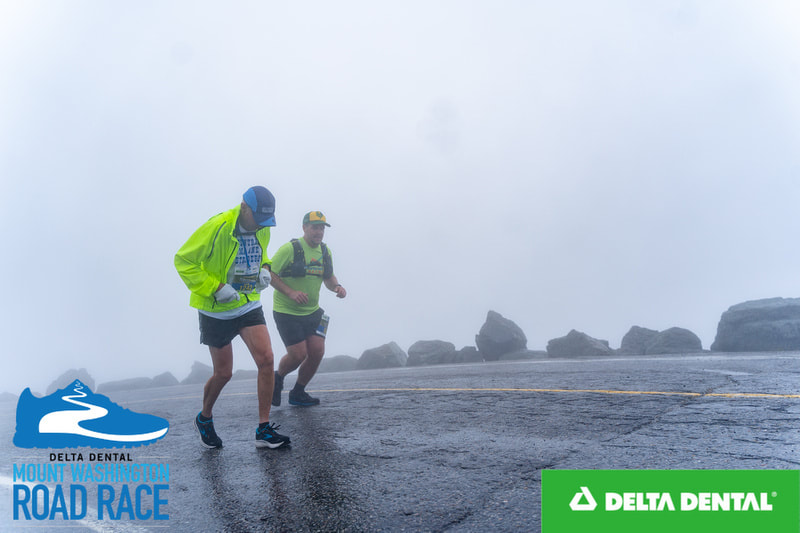
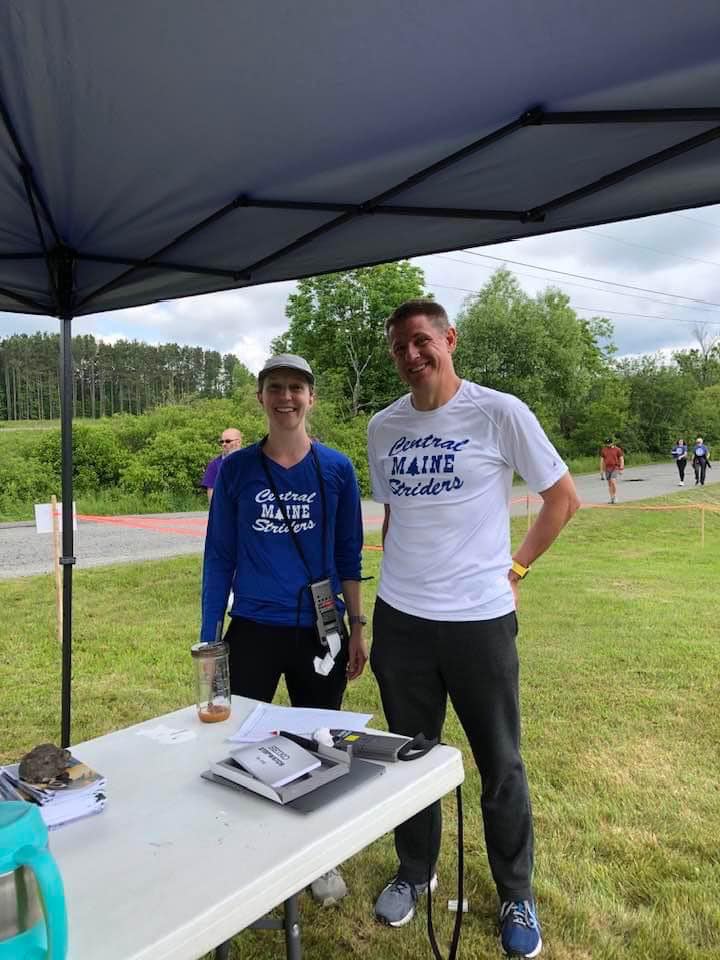

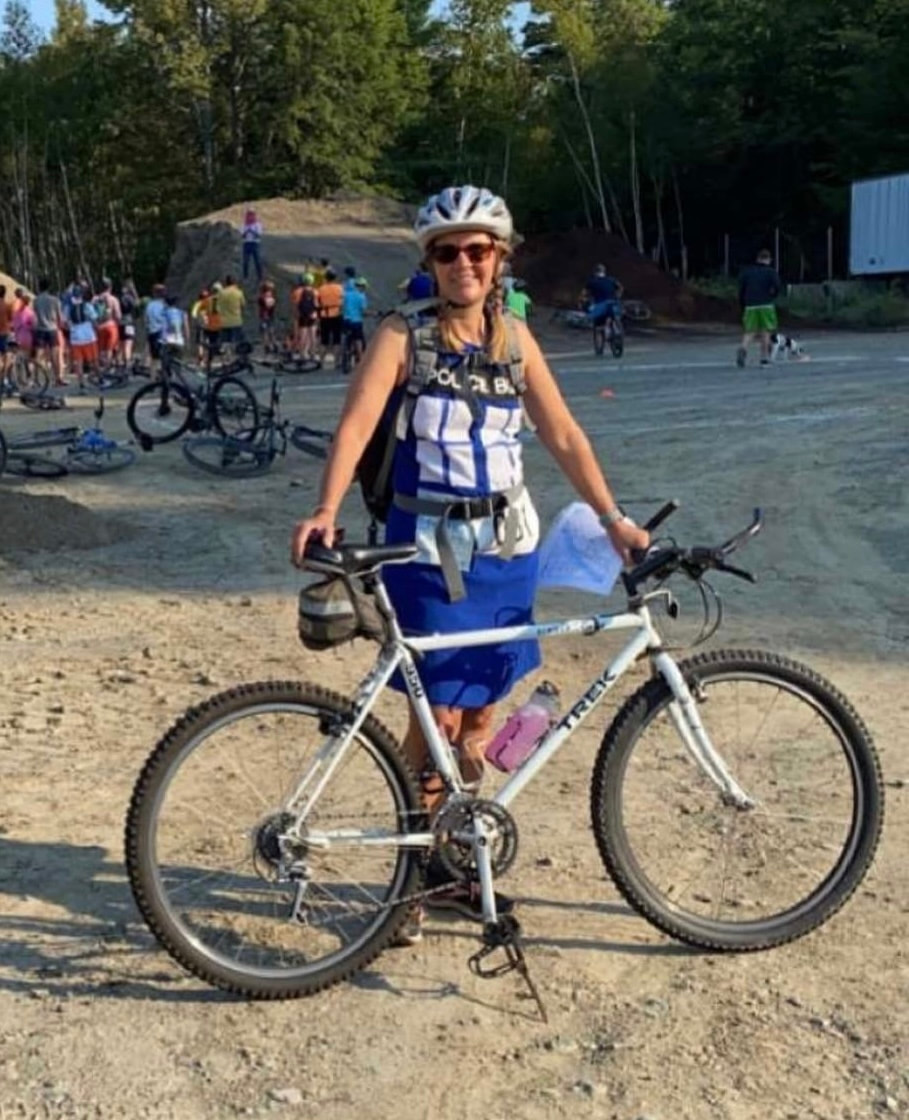
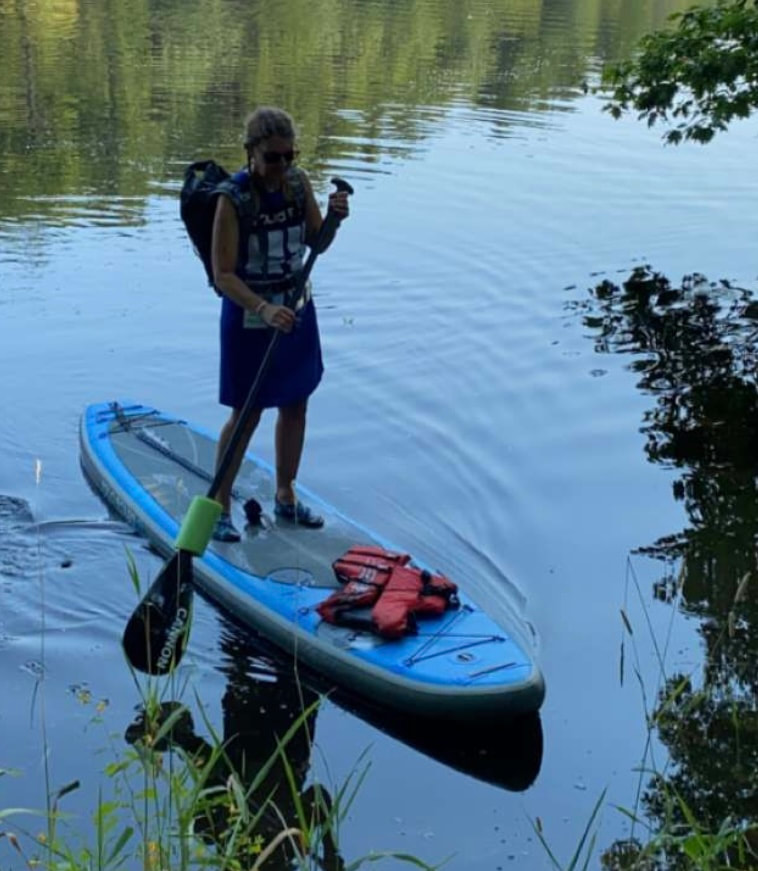

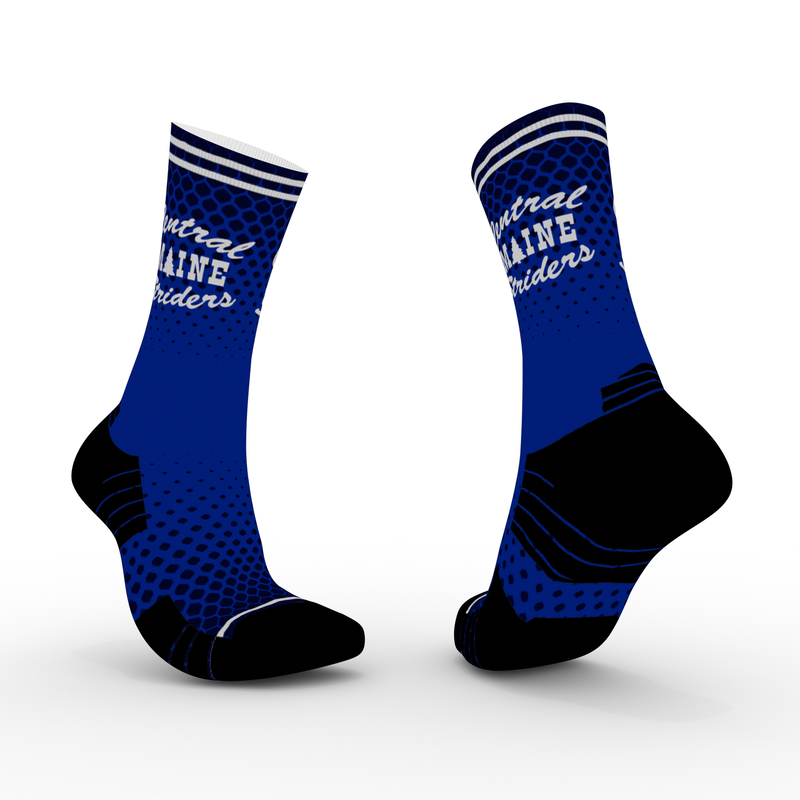
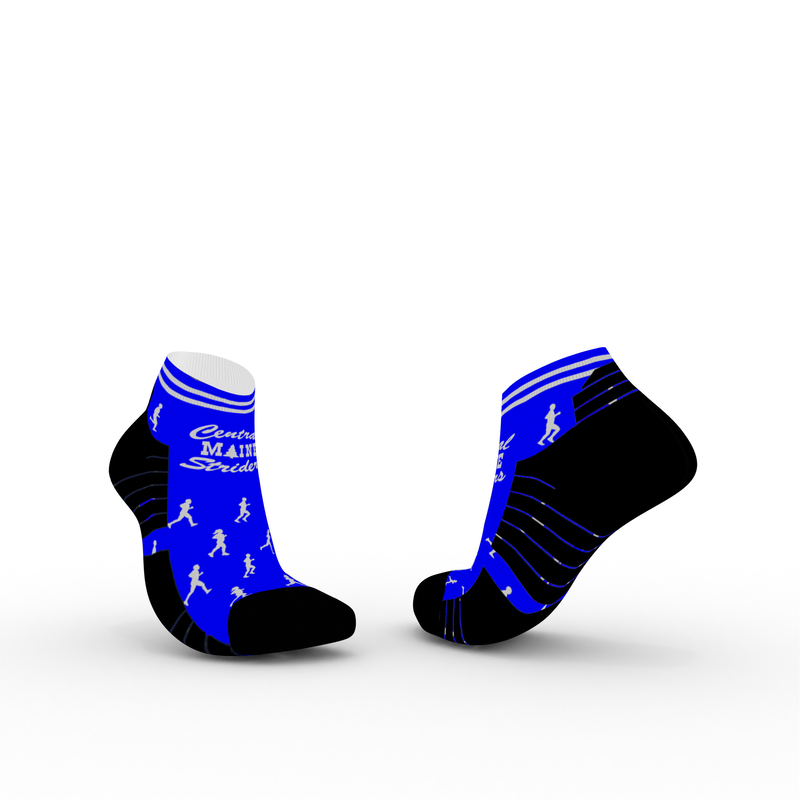


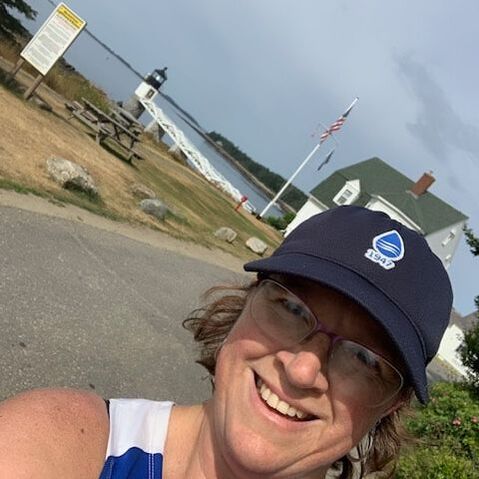
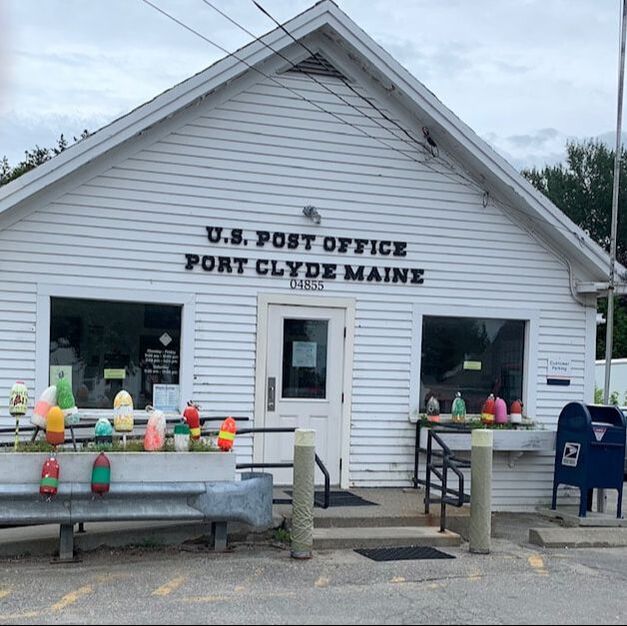
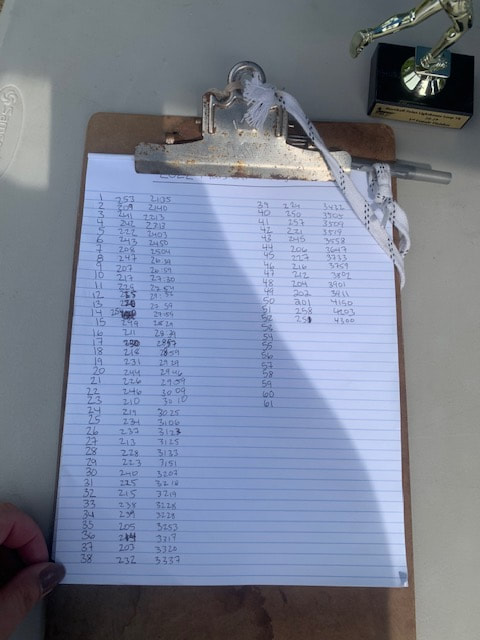
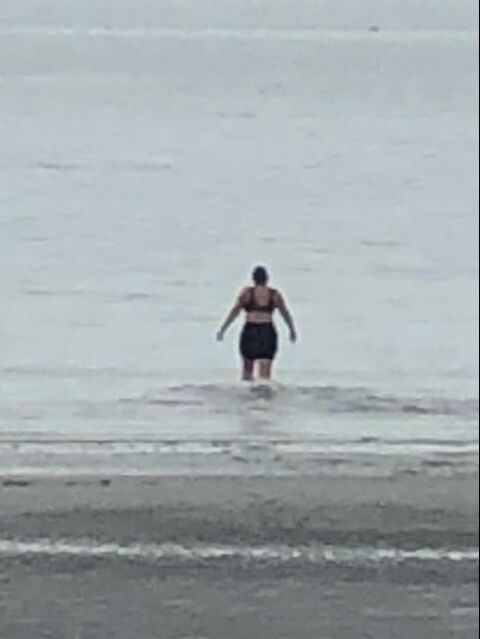
 RSS Feed
RSS Feed

